
NAMEX NEWSLETTER | OCTOBER 2025
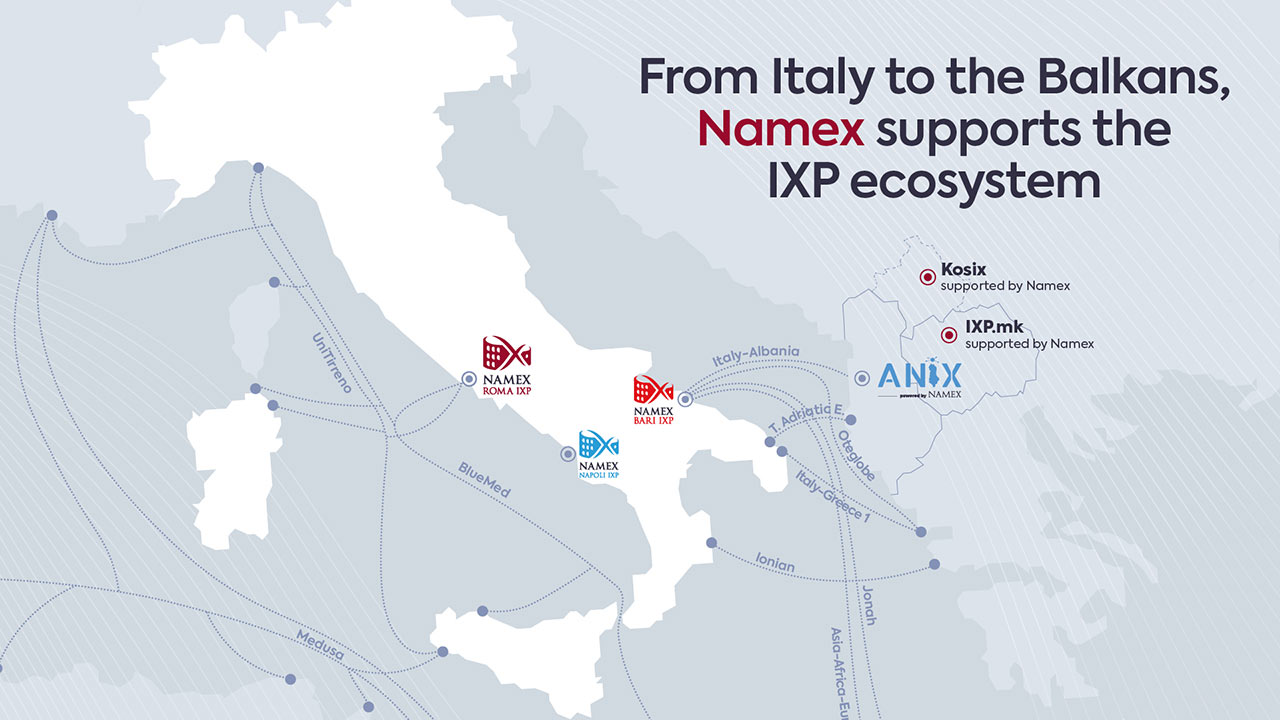
CONSORTIUM
An increasingly complex Network: between streaming and regulations
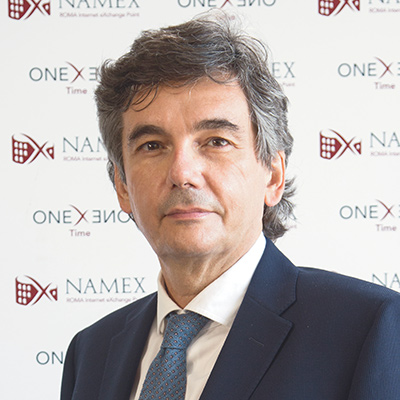
— By Maurizio Goretti, Namex CEO
The online streaming season has begun again — and, as every year, football matches are already generating significant traffic peaks on content transport and distribution networks. This autumn, Namex has once again substantially increased the capacity of its infrastructure to handle the growing traffic and ensure the best possible interconnection quality for providers, broadcasters, and major Content Delivery Networks connected to our IXPs.
But this is not just streaming season: it’s also the season of conferences and international exchanges.
Just back from the European Peering Forum, we witnessed firsthand how the regulatory dimension is becoming increasingly decisive for the future of networks.
Hypergiants — the major global players in Internet traffic — are optimizing and automating their presence at IXPs (now over 200 active interconnection points worldwide) to manage an increasingly distributed and critical network. And they’re doing so with growing attention to regulatory constraints, aware that even a single national regulation can impact their infrastructure choices.
Meanwhile, the Italian telecommunications market — and, consequently, the interconnection market — is undergoing a phase of profound transformation.
The new equilibrium taking shape following the sale of TIM‘s network and the creation of FiberCop, together with the merger between Fastweb and Vodafone and the upcoming acquisition of Sparkle by Retelit, will significantly change the way traffic is exchanged between content providers and eyeball networks in our country.
These are developments that will also have a major impact on interconnection ecosystems and Internet Exchange Points, which are called upon to maintain neutrality, efficiency, and adaptability in a rapidly evolving scenario.
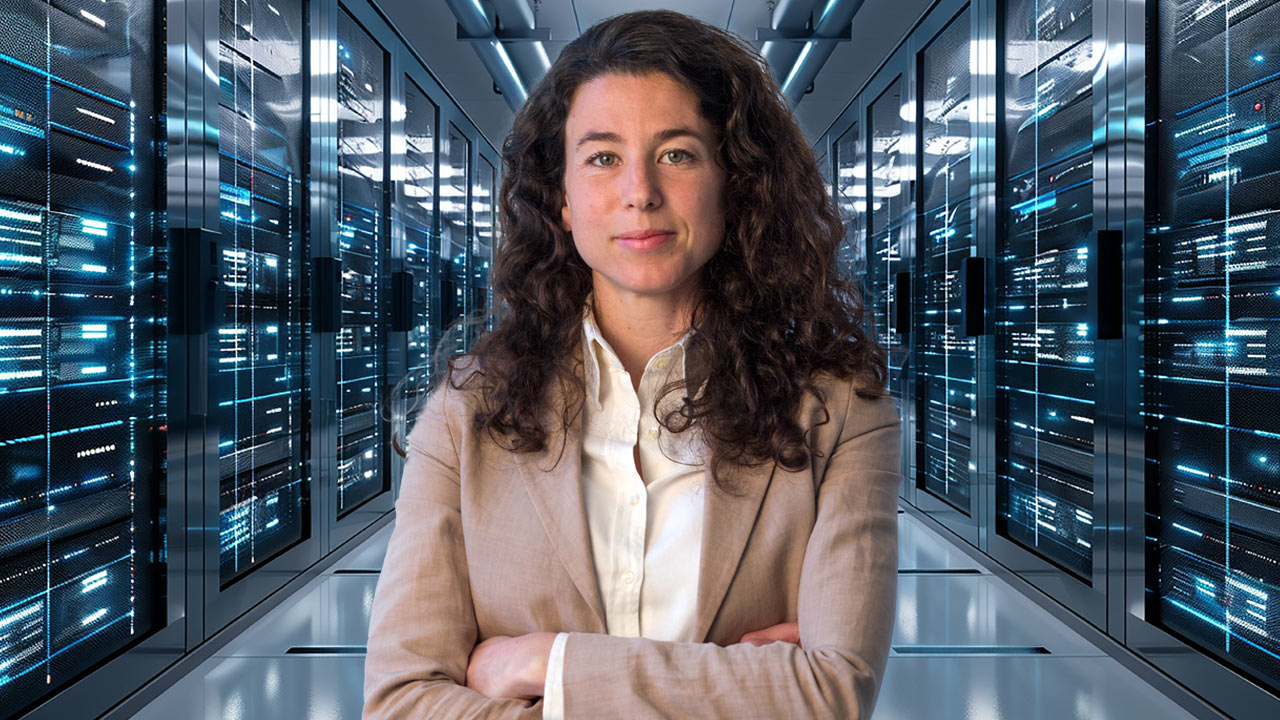
MONTHLY INTERVIEW
“Our law can boost the data center business in Italy, benefiting all players”.
Interview with Giulia Pastorella – Member of Parliament, Vice President of Azione
(By di Alessandro Longo, journalist and technology expert)
Giulia Pastorella (Azione party) is among the signatories of a bill — the first in Italy — on data centers. She is also one of the politicians most outspoken on innovation issues.
Honourable Pastorella, let’s start with the basics: why does Italy need a law on data centers?
Because despite being well-established infrastructures, increasingly in demand from operators and companies that need computing power, data centers are not recognized in Italian legislation.
They’re not recognized? Really?
Exactly. There’s no ATECO code, and they’re not covered under tax, urban planning, or environmental regulations.
And why is that a problem in practice?
For many reasons. Some land use designations that municipalities apply to these infrastructures — based on rules not designed for data centers — require, for example, a large number of parking spaces. Then there’s the bureaucratic chaos: no one knows who should issue the authorization to begin construction. The municipality? The ministry? Which one? This results in massive delays in obtaining permits.
Do we have any estimates on the delays?
From what I’ve been told, the average waiting time is much longer than in the rest of Europe — about five years.

HOT TOPIC
Italy's data center moment
— By Christian Cinetto, Head of Communication and Content at Namex
After years of regulatory chaos, Rome is finally writing the rules. The question is: who will they favor?
In recent months, what could be remembered as a watershed moment for Italian digital infrastructure has opened up: Parliament has addressed a bill that finally attempts to give data centers their own regulatory status, removing them from the shadow of labels like “industrial facility” or “generic infrastructure project” and, as far as we’re concerned, recognizing their strategic essence for the national Internet ecosystem.
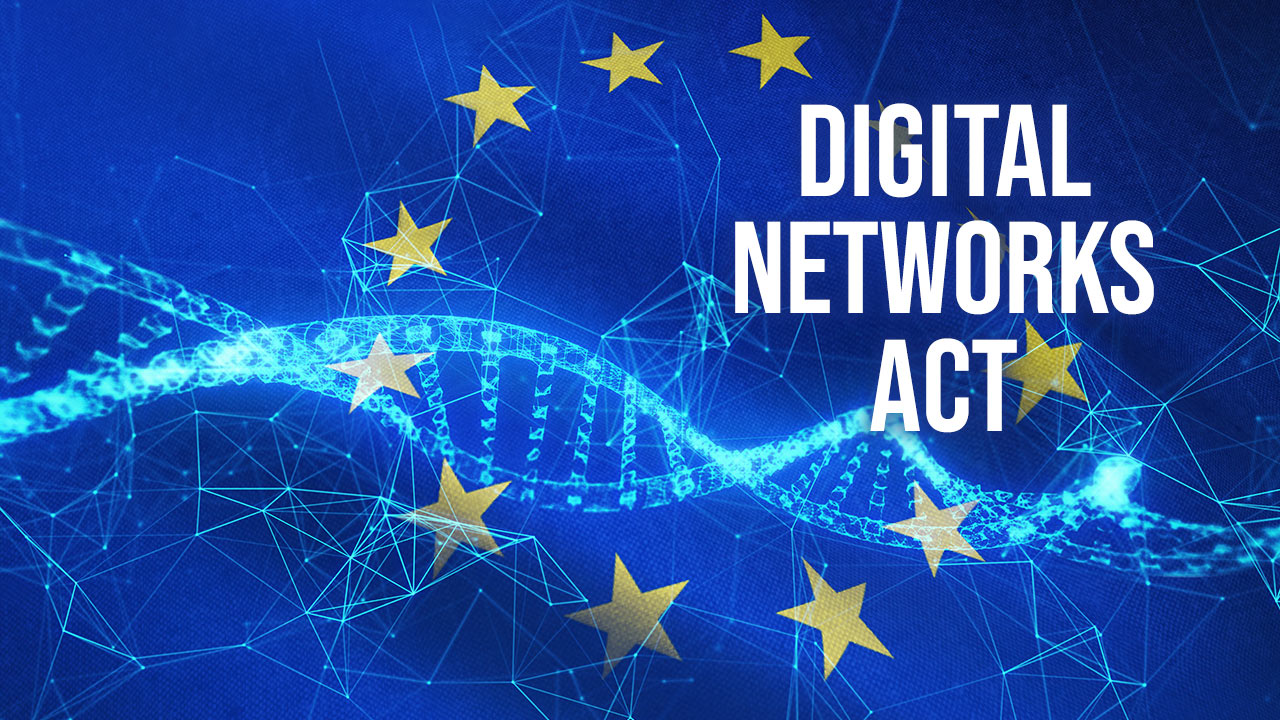
REGULATORY POLICIES
Toward the Digital Networks Act: The future regulatory framework for Electronic Communications in Europe
— By Innocenzo Genna, Legal specialist in EU digital policy, competition and liberalization regulations
The proposed Digital Networks Act (DNA), which the European Commission is expected to publish in December 2025, will mark a crucial moment in the evolution of the European telecommunications regulatory framework. This ambitious legislative initiative — described by Executive Vice-President Henna Virkkunen as “the biggest digital legislation the Commission will propose this year” — aims to profoundly modernize sector regulation. However, it also lies at the center of heated debates, particularly concerning the future of the European Electronic Communications Code (EECC).
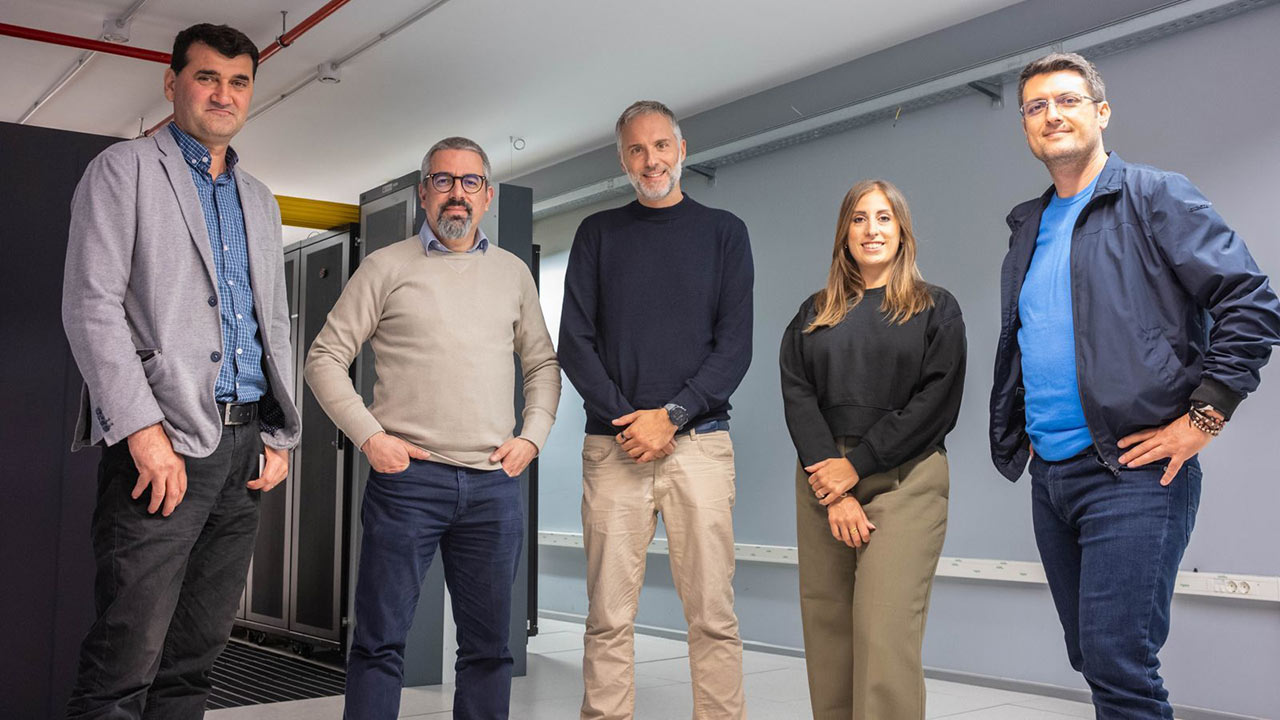
BALKANS
Namex in the Balkans: Kosovo, North Macedonia, and Albania
— By Daniele Arena, Peering developer at Namex
Our commitment to developing the Internet ecosystem in the Balkans continues through concrete initiatives and a determination to build long-term relationships founded on trust, technical support, and knowledge sharing. In recent months, we have carried out several activities in Kosovo and North Macedonia, and we are already preparing the next edition of the ANIX Meeting in Albania. Below is a brief update on what we have achieved and what lies ahead.

NAMEX OBSERVATORY
Football is back: Serie A and UEFA Champions League drive traffic peaks
— By Flavio Luciani, Namex CTO
The new football season has kicked off with a bang. Both Serie A and the UEFA Champions League have returned, delighting fans and driving heavy online traffic.
On Wednesday night, Amazon Prime Video’s exclusive UEFA Champions League coverage got off to the best possible start. The match between Ajax and Inter marked the first major traffic peak of the new season at Namex, with live streaming pushing traffic close to 1.2 Tbps.
Just a few days later, the return of Serie A delivered another surge in demand. The highly anticipated match between Juventus and Milan, streamed on DAZN, generated significant traffic as fans tuned in to watch the top-flight Italian action.
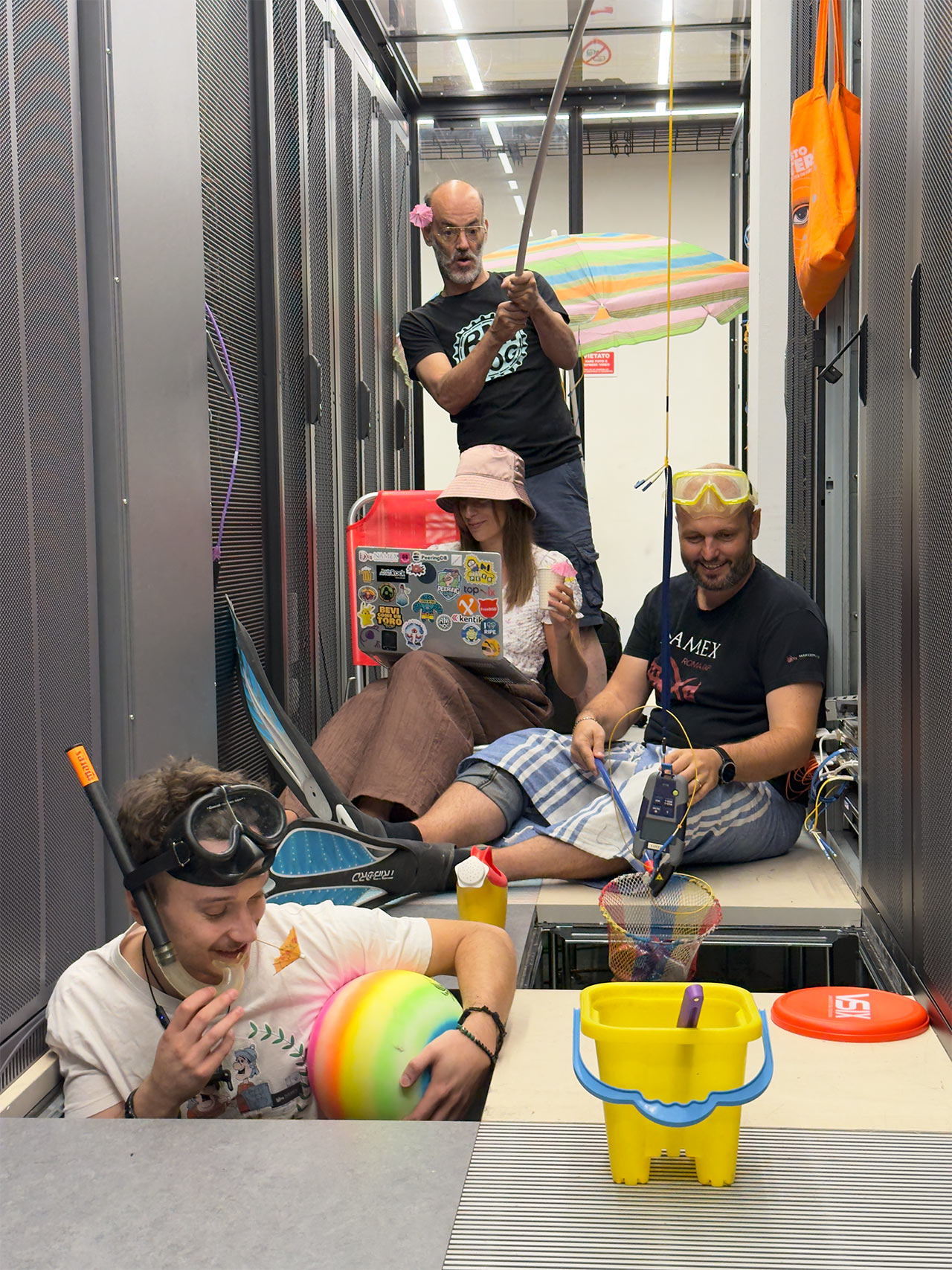
Monthly Photo
August at the data center , the NOC found its own sea… of fibers.
A photo dedicated to all the technicians in our community, the keepers of the network.
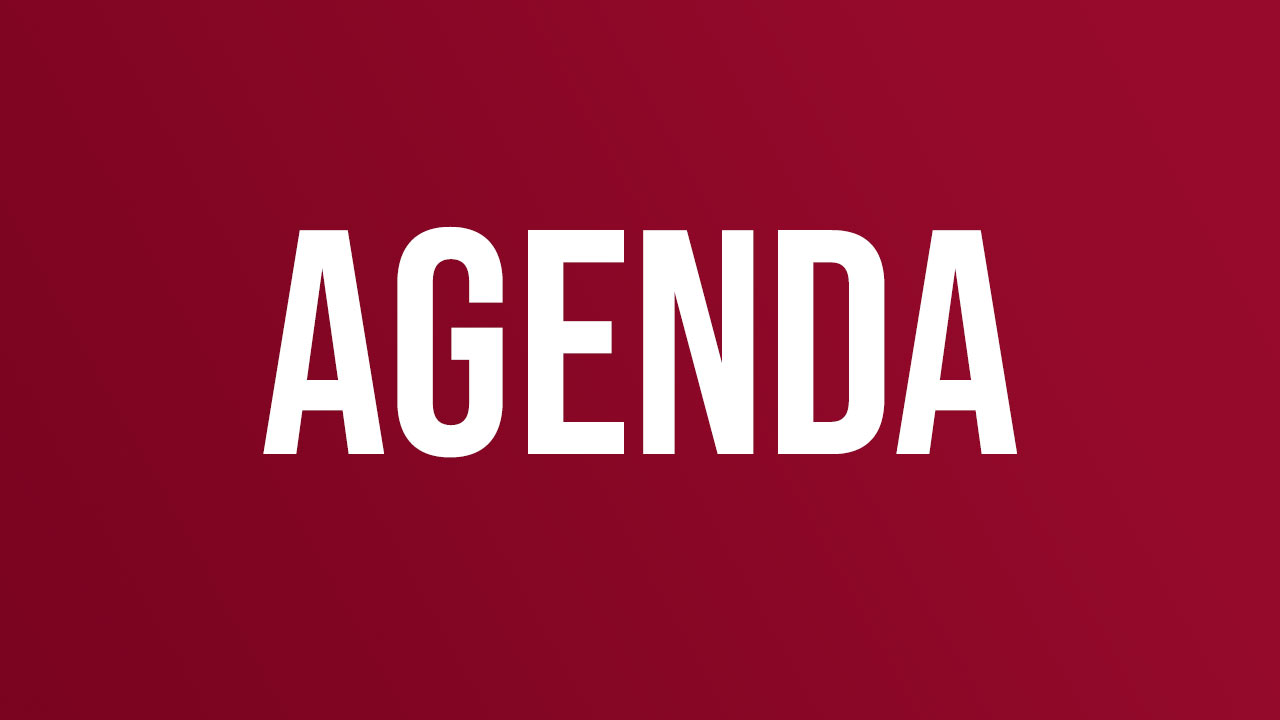
OCTOBER
18-19 Maker Faire, Rome Gazometro
20-24 RIPE 91, Bucharest
21 RMNOG, Rome
21-23 Capacity Europe, London
NOVEMBER
4-6 Peering Asia, Manila
12-13 Salotto Mix, Milan
18 RMNOG – special edition, Rome
18-20 LINX, London
24 Bari Nog
26 VSIX meeting, Padua
30 – 2 december Euro IX, Madrid
News
NEWS from NAMEX and surroundings
Namex in the media
» Internet Transforms Between Geopolitics and Technology
Our CEO Maurizio Goretti was interviewed by ICT Business on the evolution of Internet as a crucial infrastructure in our lives. From the explosion of data traffic (+300% since the pandemic) to the strategic role of undersea cables, from artificial intelligence challenges to Rome’s growth as a hub complementary to Milan. An interview that touches on crucial issues for the future of connectivity, from technological sovereignty to the polycentric vision that Namex has been pursuing for 30 years
Read more
» How to Build and Sustain a Successful IXP
Our CTO Flavio Luciani published an article on the APNIC blog dedicated to best practices for creating and growing an Internet Exchange Point. Starting from the experience of SGIX in Singapore, Flavio analyzes the key elements of success: neutrality, transparency, the ability to demonstrate concrete value to participants, and building a solid community. The article emphasizes how an IXP is much more than technical infrastructure, but a collaborative space where operators of different sizes meet as equals.
Read more
Namex at the Events
» A delegation from Namex participated in the European Peering Forum in Bucharest, a fundamental event for our sector.
Read more
» We were gold sponsors of Eurekalabria, an ITNOG on the road event where we noted significant interest in the evolution of the ecosystem in southern Italy.
Read more
» Our CEO Maurizio Goretti and CTO Flavio Luciani attended the inauguration of Open Fiber’s Edge Data Center in San Giovanni Teatino (CH), near Pescara. The initiative realizes the partnership signed in 2024 for the joint development of a national network of Edge Data Centers in macro-areas where Namex is not yet present. Thanks to this collaboration, the EDCs will be able to host Namex interconnection nodes, bringing peering and data exchange services increasingly closer to operators and local communities.
Read more
Internet Word News
» China’s long march into space
September was a busy month for Chinese satellite launches into low Earth orbit. The Long March 2D, one of China’s most reliable and successful launch vehicle models, completed its hundredth flight in late September.
To date, all 100 launches of the Long March 2D type have been successful.
These missions have placed a total of 316 scientific, remote sensing, technology demonstration, and other types of satellites into space.
In addition to Chinese satellites, the model has also launched satellites for numerous foreign clients from Turkey, Saudi Arabia, Venezuela, the Netherlands, Argentina, Pakistan, and other countries. China conducted 60 launches in 2025.
“In the near future, the Long March 8A will be used to deploy a large number of satellites for China’s massive space Internet networks,” reported the official China Daily newspaper, citing Song Zhengyu, a senior rocket scientist at the China Academy of Launch Vehicle Technology.
“China now has several Internet satellite networks under construction, but maintains a low profile on these projects,” China Daily added.
Low Earth orbit, or LEO, is the area of space where SpaceX has sent more than 7,000 of its Starlink satellites. China is pursuing this to compete with Starlink. Another low-orbit competitor is Amazon, which plans to launch service for a satellite network called Project Kuiper by year’s end.
Compared to SpaceX, China has been slow in building LEO constellations. The country plans to catch up with networks like Spacesail, which last year signed an agreement with a Brazilian partner to launch service in the country.
» Unitirreno is complete
“We have completed the installation of the Unitirreno undersea cable system, connecting Sicily, Sardinia, Rome, and Genoa with 28 fiber pairs of over 20 Tbps each.” The announcement in September came from Renato Brunetti, CEO of Unitirreno, President and CEO of Unidata, and President of Namex.
“A cutting-edge infrastructure that strengthens resilience and connectivity capacity in the Mediterranean, making our country even more central in the international scenario,” Brunetti explained on LinkedIn.
“After activating the Rome-Olbia section, today we completed laying the Sicily-Liguria section. On October 12, after testing is finished, the Mazara-Genoa, Mazara-Rome, and Genoa-Rome routes will enter service.”
“An ambitious project, lasting over two years, realized with commitment and vision, demonstrating how Italy can be a protagonist in the development of global digital networks.”
“I am proud,” Brunetti said, “of the work done and thank all those who contributed to achieving this result.”
“Unitirreno is not just infrastructure: it is a bridge to the Mediterranean’s digital future.”
A bridge that connects directly to Namex and, among other things, will greatly serve the development of exchange systems in Italy.
» EU-Big Tech Clash Over the DMA
The consultation launched by the European Commission on the Digital Markets Act (DMA) is turning into a battleground with tech giants. Google and Apple have sent harsh observations to Brussels regarding regulations that, they say, risk producing more harm than good. Apple has argued that the current regulatory framework penalizes European users, forced to give up or receive late new features designed to make the digital experience smoother. Examples cited include real-time translation with AirPods, mirroring between iPhone and Mac, and some Apple Maps updates, suspended or postponed precisely to comply with interoperability obligations under the DMA. Apple has also highlighted security and privacy risks arising from mandatory opening to third-party marketplaces and alternative payment systems, going so far as to explicitly request the replacement of the DMA with a “more proportionate and adequate” legislative instrument.
For its part, Google has denounced that obligations imposed on online search risk disrupting the very functioning of the search engine, forcing it to reduce the visibility of direct links to airlines or hotels in favor of intermediaries who pay to appear in results. An approach that, according to the company, would not only penalize consumers but also hinder small and medium-sized European businesses. Mountain View also fears that the DMA’s entry into force will slow the introduction of new technologies, such as artificial intelligence, in the EU market compared to the rest of the world.
The European Commission, however, has rejected the idea of backing down. A spokesperson reiterated that the DMA’s objective is not to reduce privacy or security levels, but rather to offer European citizens greater freedom of choice. The fact remains that tensions are not new: in early 2025, Brussels already fined Apple 500 million euros for violating the “anti-steering” obligation. Apple and Google have also come under investigation for other possible antitrust violations.
The confrontation has therefore just begun. The positions of the EU and big tech are currently very far apart, but it is important to consider a context in which, on one hand, US President Donald Trump is strongly demanding that Europe ease regulations on big tech, and the European Commission itself declares it is more willing to introduce regulatory simplification proposals this year, albeit for the benefit of European SMEs rather than American giants.
» Reform of the Italy 1 Giga plan: funds, deadlines, and an unprecedented role for satellite
The Italian government has finalized a revision of the Italy 1 Giga Plan to ensure that PNRR funds destined for ultra-broadband are not lost, despite accumulated delays in implementation (previously scheduled for June 2026). The PNRR steering committee approved a package of measures in late September that extends timelines without reducing the plan’s ambition, and the final proposal will be sent to the European Commission by October 8.
At the center of the revision is the National Connectivity Fund, a financial instrument created to supplement Italy 1 Giga Plan resources and ensure coverage of addresses in so-called gray areas. There are 700,000 that will not meet the 2026 deadline set by the PNRR in agreements already made with the EU. The Fund will finance a new tender to complete 1 Gbps connection across the entire national territory, supporting digital transition even in the most difficult-to-reach areas.
The government will use approximately 700 million euros, from savings generated by the original plan and other interventions managed by the Department for Digital Transition, to launch two new coverage streams.
The first intervention concerns approximately 580,000 addresses that will be covered following the same methods as Italy 1 Giga, with FTTH fiber or high-capacity terrestrial FWA. Unlike the original plan, however, the deadline is no longer set for 2026, but is aligned with the European Digital Decade objectives, therefore 2030. The second stream provides for adoption of a hybrid model with satellite, successfully tested in Lombardy: 95 million euros will be used to connect over 80,000 users in the most remote areas via satellite backhauling, completing the connection with terrestrial infrastructure, while for an additional 40,000 addresses a voucher of 1,300 euros will be provided to subscribe to a satellite service, with a maximum investment of 50 million.
In this way, the government aims not to lose PNRR funds and to maintain the plan’s high ambition, extending digital connectivity even to the country’s most difficult areas, with a combination of fiber, FWA, and satellite backhauling that marks a turning point in Italian infrastructure strategy.
On this point, particularly regarding satellite use, the government’s plan has sparked strong criticism from the opposition (PD parliamentarians) and from AIIP (Italian Internet Providers Association), who judge it as a favor to a foreign company, Elon Musk’s Starlink. With the double disadvantage therefore of guaranteeing neither national sovereignty over the networks used (and related data passing through them) nor gigabit-level performance, possible with fiber and FWA but not with satellite.

